Introducing children to the fascinating world of corn snakes can be a rewarding educational experience that builds respect for wildlife while teaching responsibility. Corn snakes, with their docile temperament and manageable size, make excellent first reptile encounters for children. However, proper preparation and supervision are essential to ensure both the child’s safety and the snake’s wellbeing. This comprehensive guide will walk you through the process of safely introducing corn snakes to children, from initial preparations to handling techniques and ongoing educational opportunities. With the right approach, your child can develop a lifelong appreciation for these beautiful reptiles and the natural world they represent.
Understanding Why Corn Snakes Make Good First Reptiles
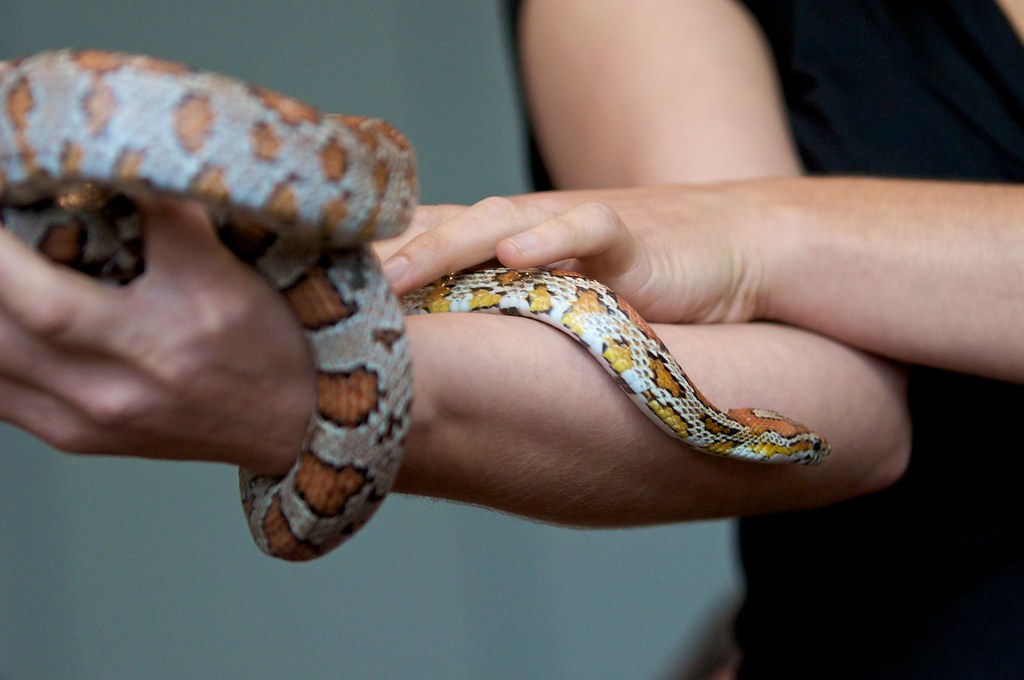
Corn snakes (Pantherophis guttatus) have earned their reputation as one of the best “starter snakes” for children due to several favorable characteristics. They possess a generally calm demeanor and rarely display aggressive behaviors, making them less intimidating than other snake species. Their moderate adult size of 3-5 feet is large enough to be impressive to children but still manageable for safe handling. Additionally, corn snakes are hardy animals that can tolerate some handling mistakes that beginners might make, though proper technique should always be taught and reinforced. Their beautiful coloration patterns, which range from classic orange and red to designer morphs in various hues, also make them visually appealing to children with a natural curiosity about wildlife.
Assessing Your Child’s Readiness
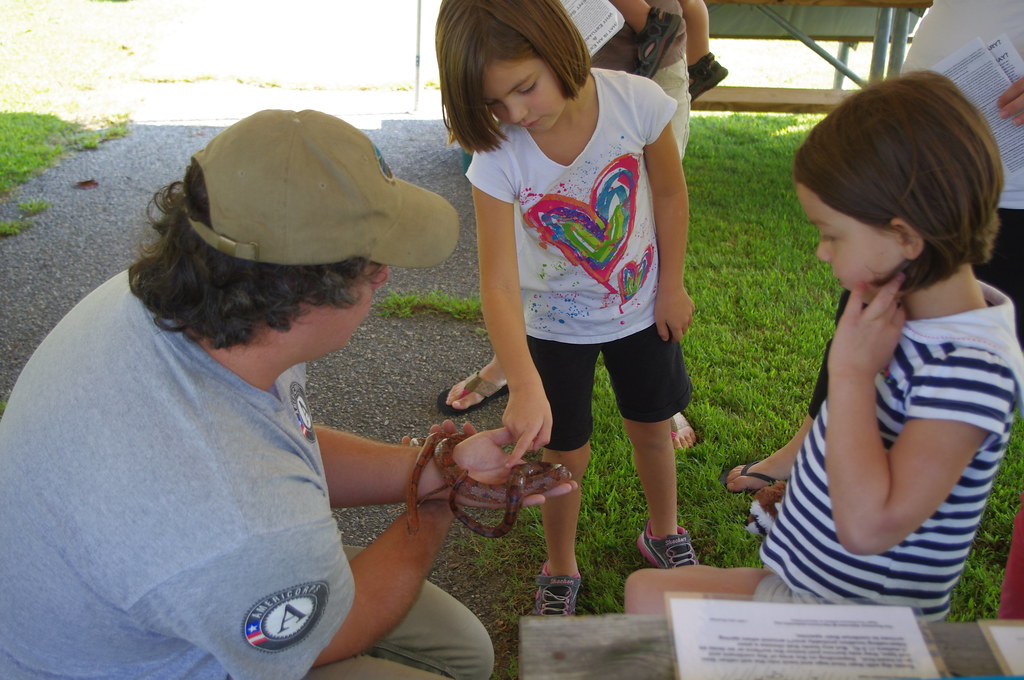
Before introducing a corn snake to your child, it’s important to honestly evaluate whether they’re developmentally ready for the interaction. Children typically develop the necessary hand-eye coordination and gentle touch required for safe snake handling around age 5-6, though this varies by individual. Emotional readiness is equally important—the child should demonstrate a genuine interest in animals rather than being pressured into the interaction. Assess your child’s ability to follow instructions carefully, as snake handling requires attentiveness to specific guidelines. It’s also wise to gauge their reaction to other animals first; if a child is overly rough with the family cat or dog, they may not yet be ready for the delicate handling that reptiles require.
Preparing Your Child Through Education
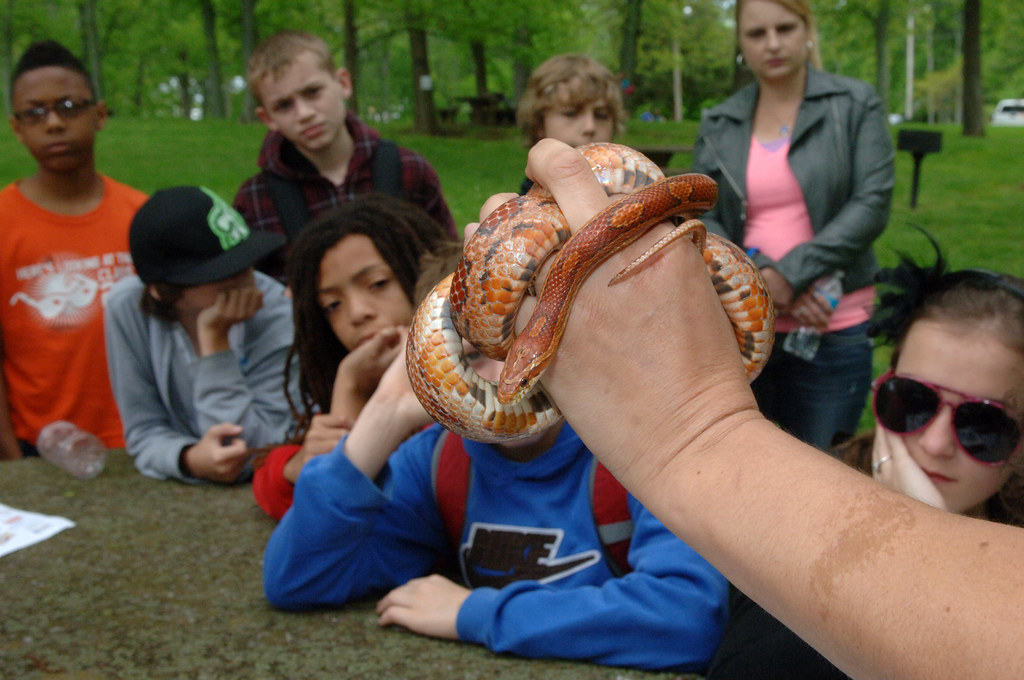
Education should precede any physical interaction with a corn snake. Take time to read age-appropriate books about snakes with your child, focusing on their biology, behavior, and natural habitat. Watch educational videos together that demonstrate proper snake handling techniques and explain snake body language. Visit reptile exhibits at zoos or nature centers where professional handlers can model appropriate interaction with snakes. Address and correct any misconceptions your child might have about snakes being “slimy” or dangerous, explaining that corn snakes are dry-skinned and non-venomous. This educational foundation helps transform potential fear into informed respect and genuine curiosity.
Setting Clear Rules for Snake Interaction

Establishing firm guidelines before the first interaction creates a framework for safe encounters. Teach children that snakes should only be handled with adult supervision until they have demonstrated consistent responsibility and proper technique. Emphasize the importance of clean hands before handling to prevent transferring harmful substances to the snake’s sensitive skin. Explain that loud noises and sudden movements can startle snakes, so calm, slow movements are essential during handling sessions. Make it clear that the snake should never be squeezed, dropped, or handled during feeding time, and that interactions should be limited to short sessions (5-15 minutes) to avoid stressing the animal. These rules should be reviewed regularly and treated as non-negotiable aspects of snake interaction.
Choosing the Right Corn Snake
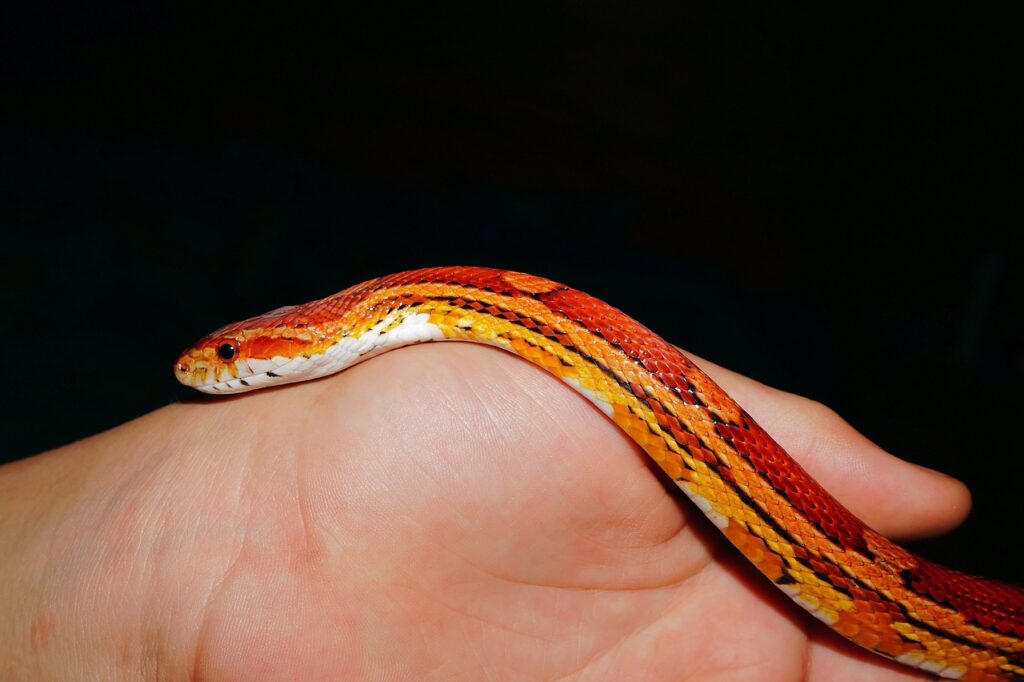
If you’re acquiring a corn snake specifically for your child’s introduction to reptiles, selection criteria become important. For beginners, a captive-bred juvenile or young adult corn snake that has already been properly socialized generally makes the best choice. Avoid wild-caught specimens, which may be more stressed and less accustomed to handling. Consider working with a reputable breeder who can provide a health history and handling background for the snake. For very young children, starting with a slightly older corn snake (1-2 years) rather than a hatchling is advisable, as they’re more robust and established in their feeding patterns. Remember that corn snakes can live 15-20 years in captivity, so the purchase represents a long-term commitment to the animal’s care.
Creating a Safe Introduction Environment

The setting for a child’s first encounter with a corn snake should be carefully controlled to ensure comfort for both parties. Choose a quiet room with minimal distractions and no other pets present that might cause stress or commotion. Sit on the floor or a low couch where the distance to the ground is minimal in case the snake is accidentally dropped. Ensure the room is warm (75-80°F is ideal) as corn snakes are more comfortable and less likely to be defensive at appropriate temperatures. Remove any small hiding places where the snake could retreat and become difficult to retrieve if it gets loose. This controlled environment sets the stage for a positive first interaction and minimizes potential stressors.
Demonstrating Proper Handling Techniques
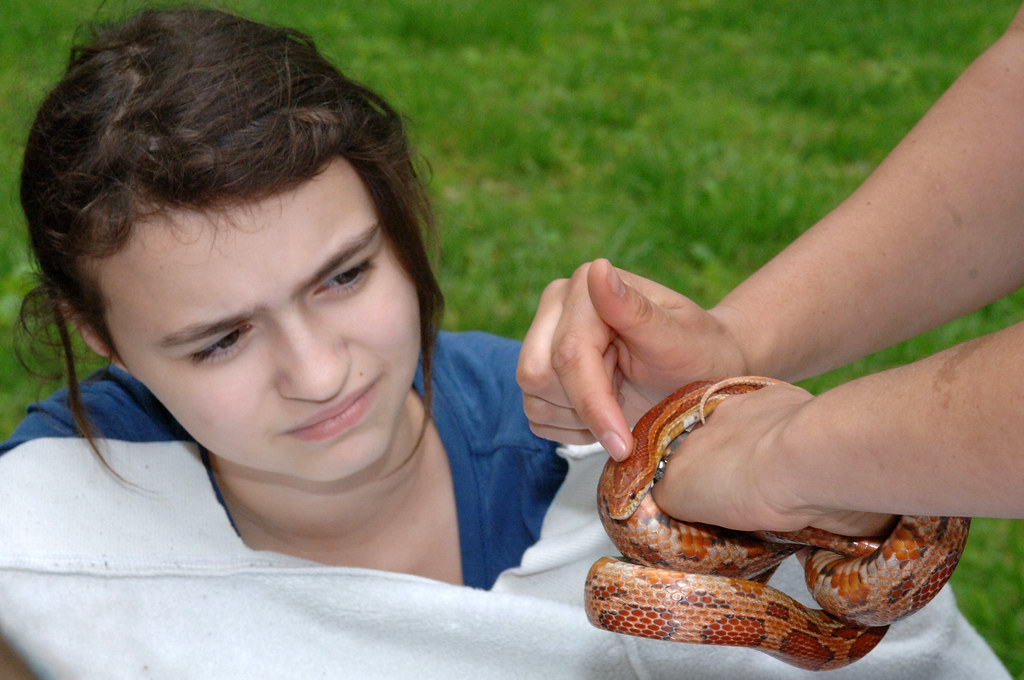
Before allowing your child to hold the corn snake, provide a clear demonstration of proper handling technique. Show how to support the snake’s body along its length, avoiding suspending it with just one hand under the middle. Demonstrate how to move slowly and deliberatively, allowing the snake to crawl through your hands rather than restraining it tightly. Explain and show how to recognize signs of stress in the snake, such as rapid movement, hissing, or assuming a defensive posture. Make it clear that the head should never be restrained, as this can frighten the snake and potentially lead to defensive behavior. This modeling phase is crucial for setting expectations and building the child’s confidence before their hands-on experience.
Guiding Your Child’s First Handling Experience

The first hands-on experience should be closely supervised and structured for success. Begin by having your child sit with their hands open on their lap while you place the snake into their hands, continuing to support the reptile’s weight yourself. Gradually transfer more support responsibility to your child as they demonstrate comfort and proper technique. Keep this first session brief—just a few minutes—to build positive associations for both child and snake. Offer specific praise for behaviors like gentle handling, staying calm, and following instructions. Remember that some children may need several short exposure sessions before feeling comfortable independently handling the snake, and this gradual approach should be respected rather than rushed.
Teaching Recognition of Snake Body Language
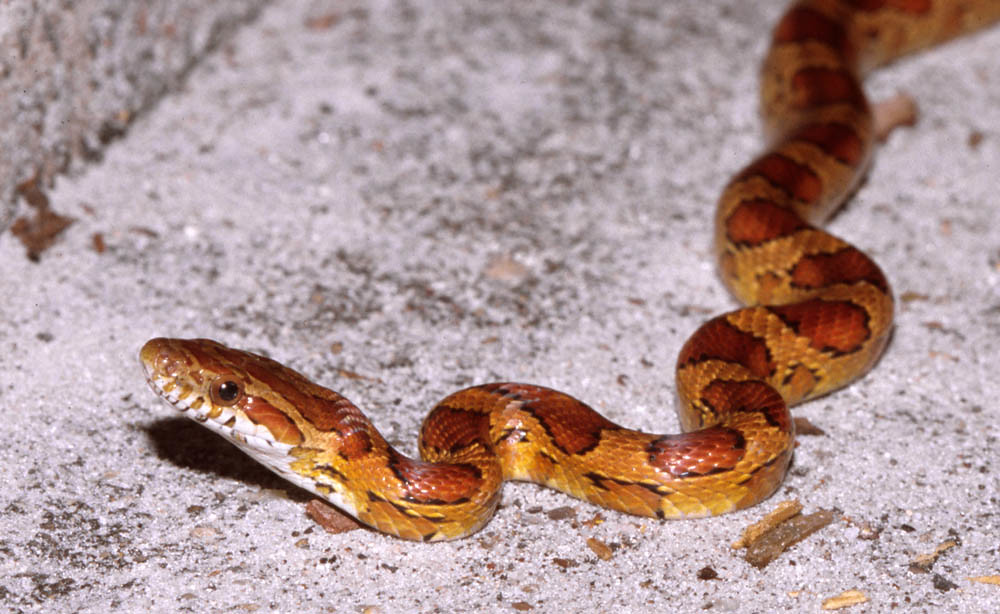
An essential part of safe snake interaction is teaching children to recognize and respect the corn snake’s communication signals. Explain that a relaxed corn snake will move with slow, exploratory movements and have a body that feels neither rigid nor excessively active. Show them that defensive postures include coiling tightly, raising the front portion of the body, hissing, or vibrating the tail—all indicators that handling should stop. Point out that rapid movements or attempts to flee indicate stress and the need for a break from handling. Understanding these signals helps children develop empathy for the animal and recognize when an interaction should end, an important skill that translates to respectful interactions with all wildlife.
Involving Children in Corn Snake Care
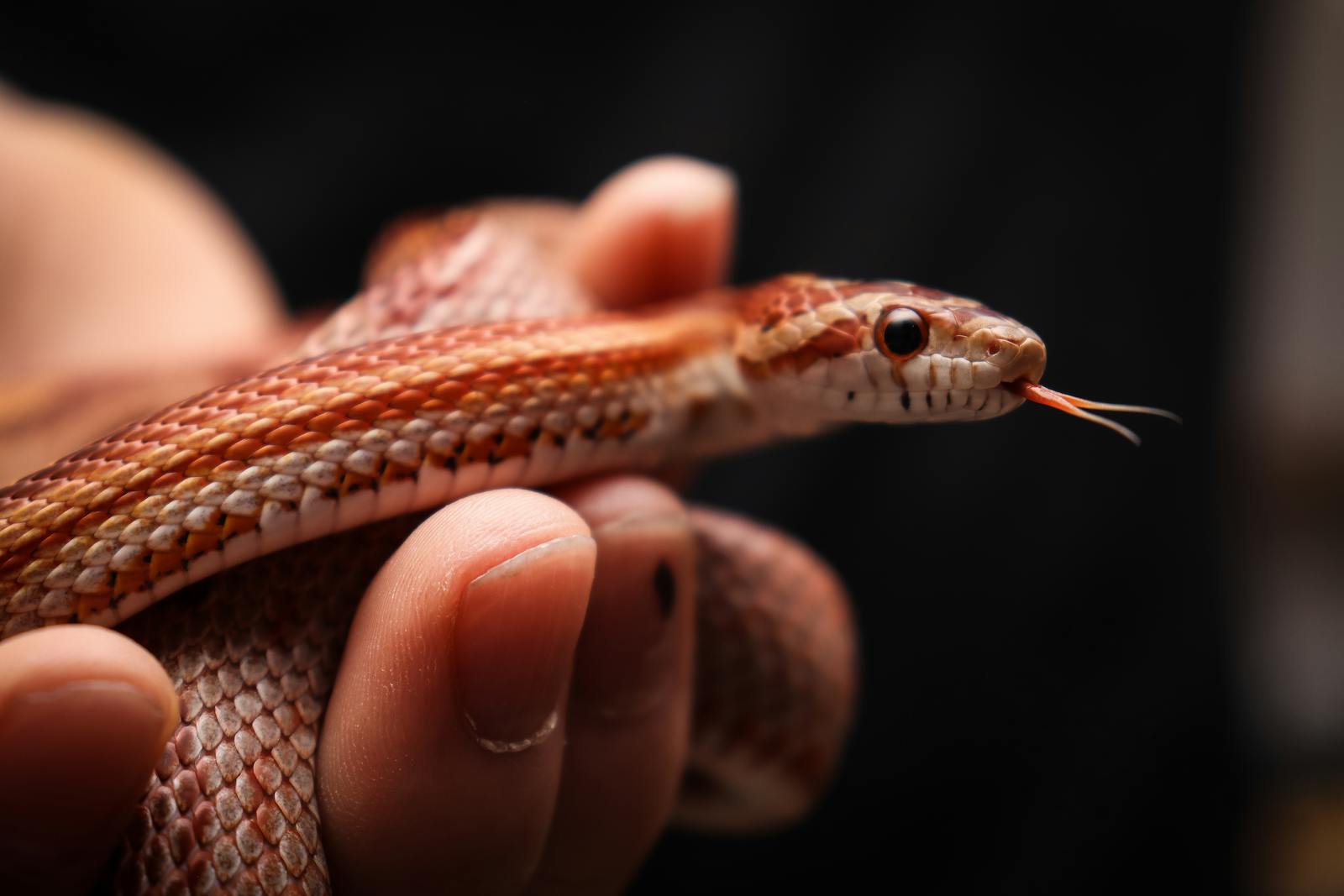
Beyond handling, involving children in age-appropriate aspects of corn snake care creates educational opportunities and fosters responsibility. Younger children can help with simple tasks like filling the water dish or monitoring the temperature gauge under supervision. Older children can gradually take on more responsibilities such as spot-cleaning the enclosure or preparing the habitat for a complete cleaning. Feeding time provides particularly valuable learning moments, though direct feeding should only be undertaken by older children with demonstrated responsibility and under close supervision. Creating a care calendar that the child helps maintain builds consistent routines and a sense of ownership in the snake’s wellbeing.
Addressing Common Fears and Misconceptions
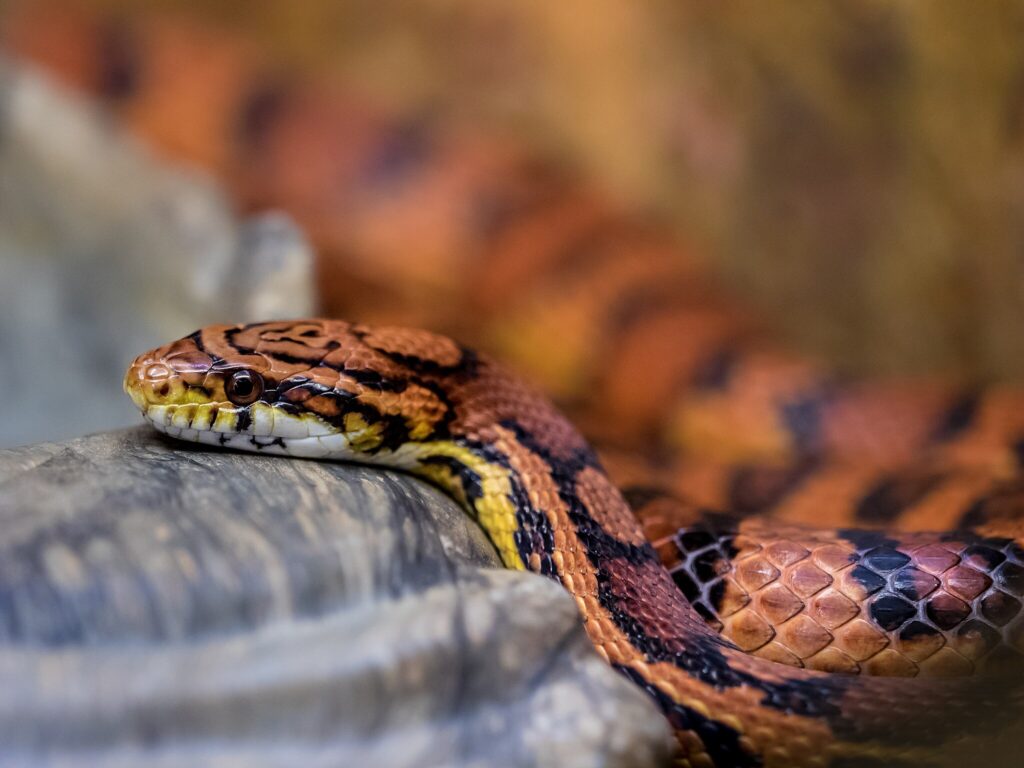
Children often approach corn snakes with preconceived notions that need gentle correction through experience and education. Address the common misconception that snakes are slimy by having them observe how clean and dry the scales actually feel. Correct the fear that corn snakes are venomous by explaining their method of hunting through constriction rather than venom. Some children worry about snake unpredictability; counter this by demonstrating how corn snakes typically move in predictable patterns when handled properly. For children concerned about being bitten, explain that corn snakes rarely bite except when mistaking a hand for food, and show how proper handling techniques and hand-washing before interaction prevent this confusion.
Building on the Experience with Educational Activities
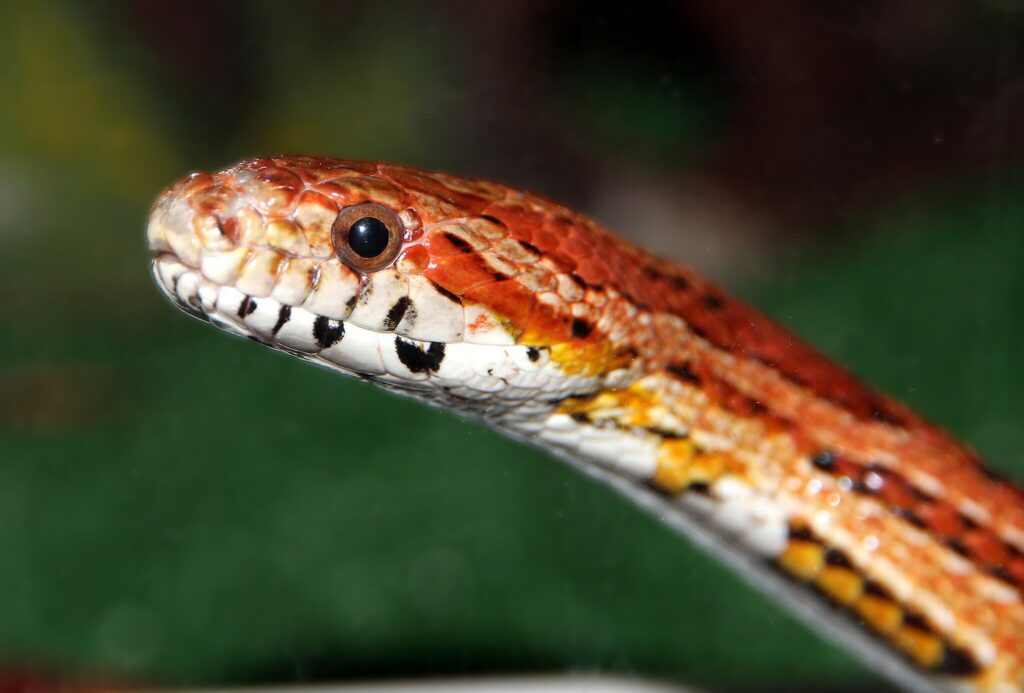
The introduction to corn snakes can serve as a gateway to broader learning about biology and natural science. Encourage children to keep a snake journal where they record observations about the snake’s behavior, eating patterns, and growth over time. Explore the snake’s natural habitat and ecological role through books, documentaries, or virtual field trips focusing on American woodlands where corn snakes naturally occur. For school-aged children, the corn snake can inspire science fair projects about reptile thermoregulation, shedding patterns, or color genetics. Consider connecting with local herpetological societies that may offer youth programs or educational events where children can expand their knowledge and share their growing expertise with peers.
When to Progress to More Independent Interaction
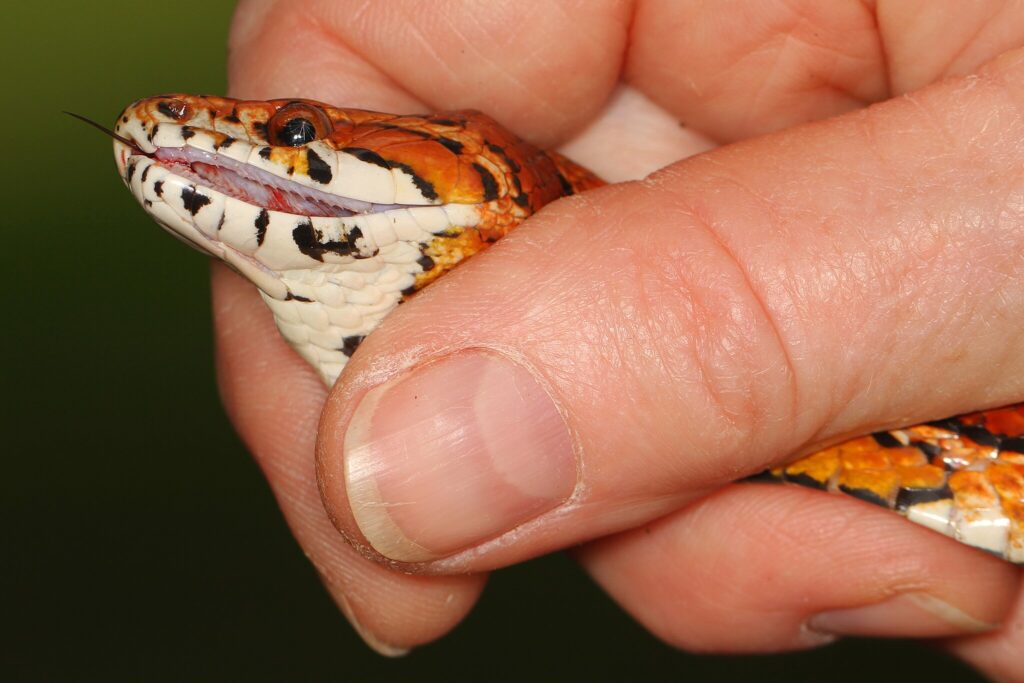
As children demonstrate consistent responsibility and proper handling technique, they can gradually progress toward more independent interaction with the corn snake. This transition should happen incrementally, perhaps starting with allowing the child to handle the snake while you remain in the same room, before eventually permitting supervised handling sessions without direct hands-on assistance. Key indicators of readiness include the child consistently following handling protocols without reminders, demonstrating calm confidence during interactions, and showing genuine concern for the snake’s wellbeing. Even as independence increases, maintain regular check-ins to ensure proper care standards are maintained. Many parents find that creating a “snake handling license” system with clearly defined levels of earned privilege helps formalize this progression and motivates continued responsible behavior.
Ensuring Long-term Responsible Ownership
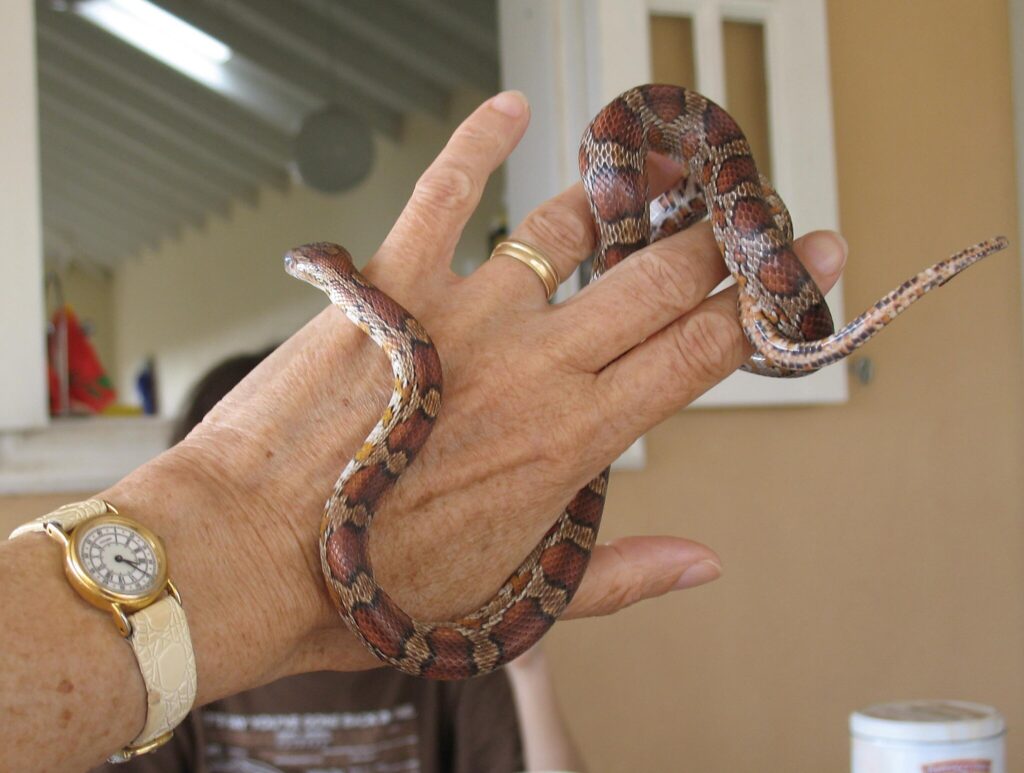
Introducing children to corn snakes should be viewed as the beginning of a long-term commitment to responsible reptile stewardship. Establish a clear understanding from the outset about who holds ultimate responsibility for the snake’s care, particularly as children’s interests naturally evolve over time. Create a sustainable care routine that can adapt to changing family circumstances, including vacation plans that account for the snake’s needs. Consider joining online corn snake communities or local herpetology clubs where both you and your child can continue learning about best care practices as the science evolves. Remember that the lessons of responsibility, empathy, and respect for wildlife that come from proper corn snake care extend far beyond reptile keeping and contribute to developing environmentally conscious citizens.
Introducing children to corn snakes offers a unique opportunity to nurture their natural curiosity about the animal world while teaching valuable lessons about responsibility and respect for wildlife. By thoughtfully preparing both the child and the environment, demonstrating proper handling techniques, and gradually building knowledge and skills, you create the foundation for a safe and rewarding relationship between your child and these fascinating reptiles. Remember that the goal extends beyond simply familiarizing children with snakes—it’s about fostering a deeper appreciation for all living creatures and the diverse ecosystems they inhabit. With patience, education, and appropriate supervision, your child’s introduction to corn snakes can be the beginning of a lifelong journey of discovery in the natural sciences.



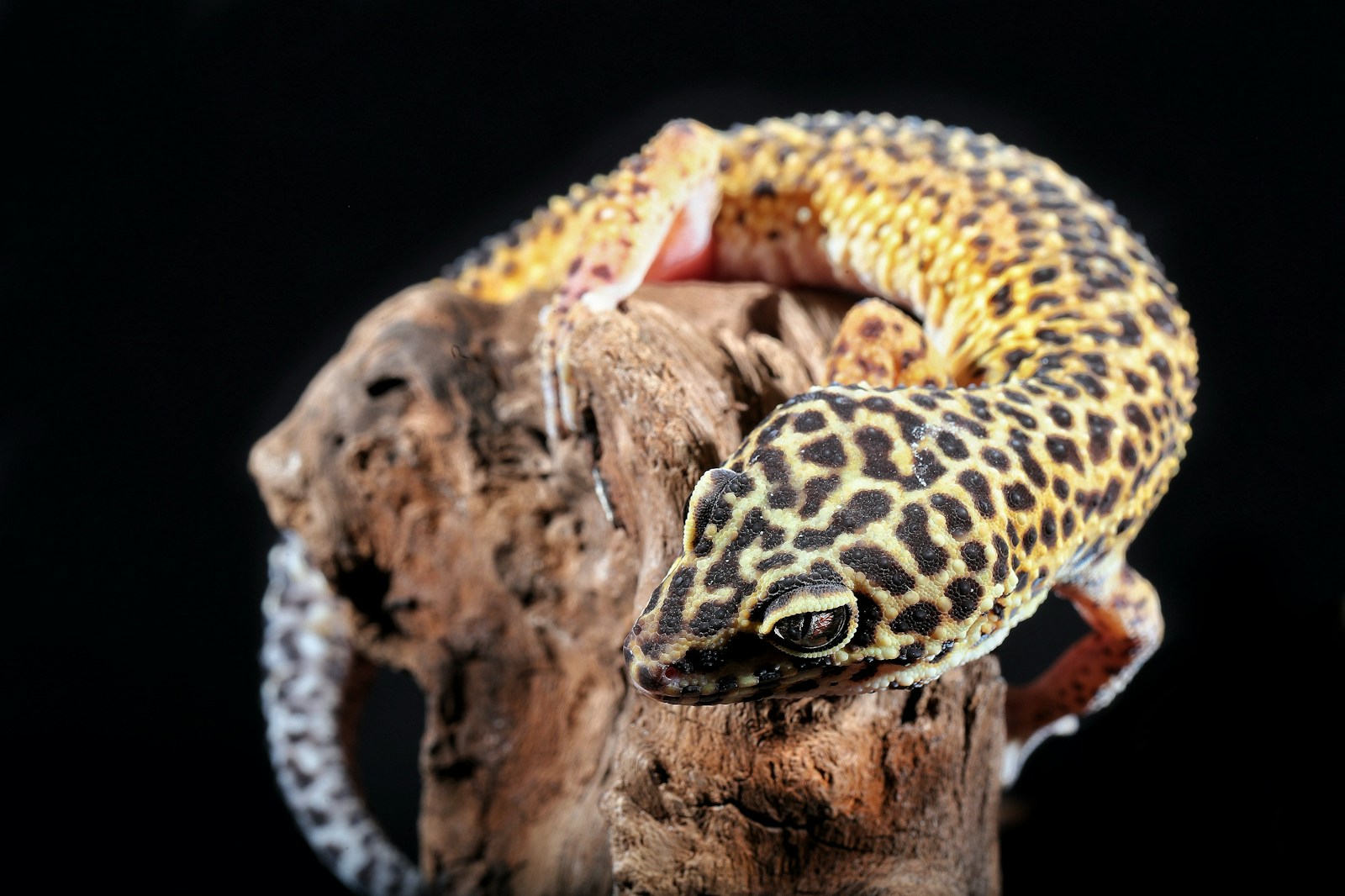
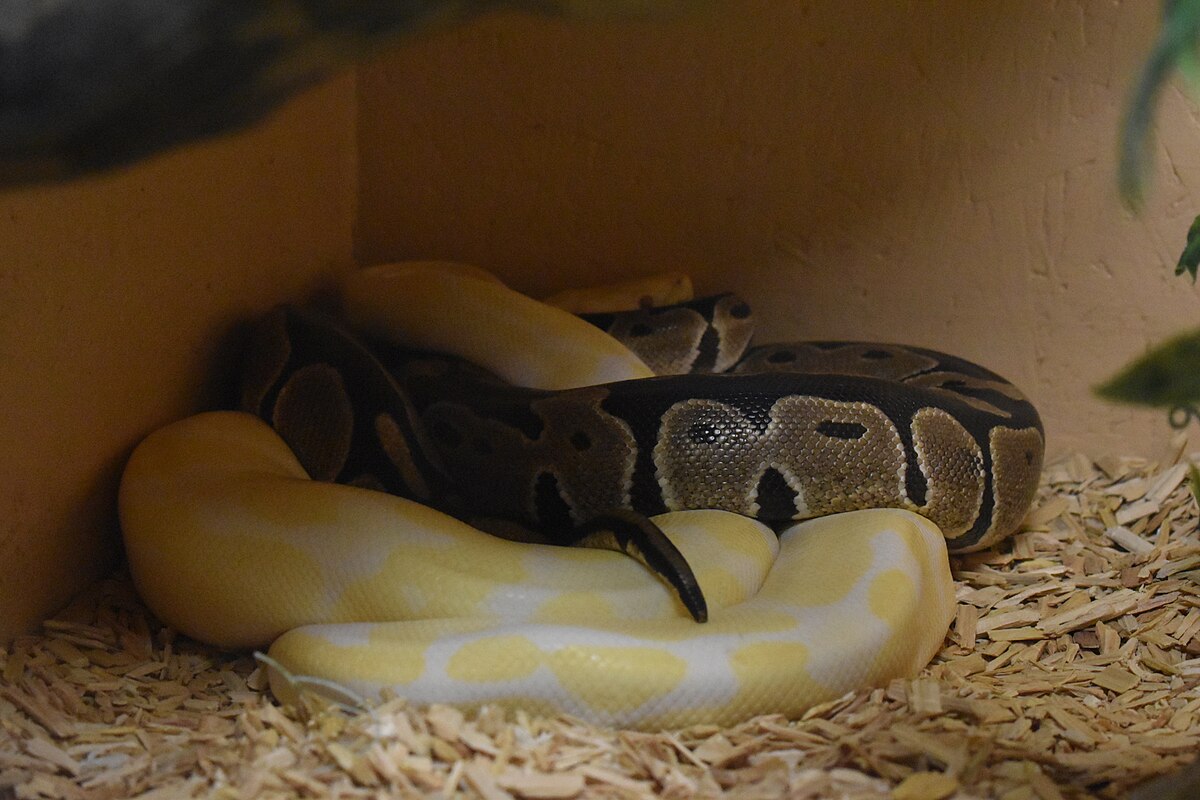

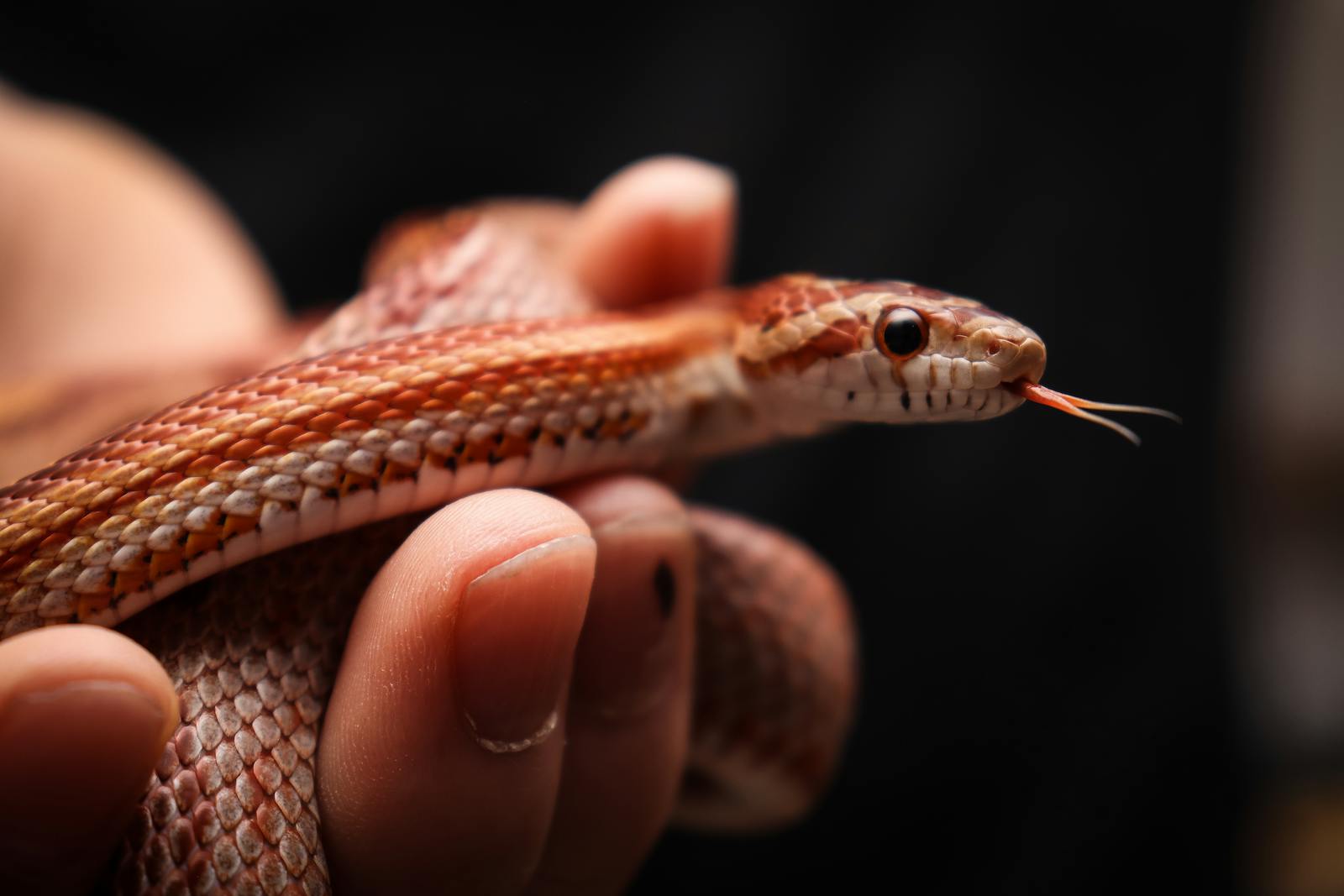
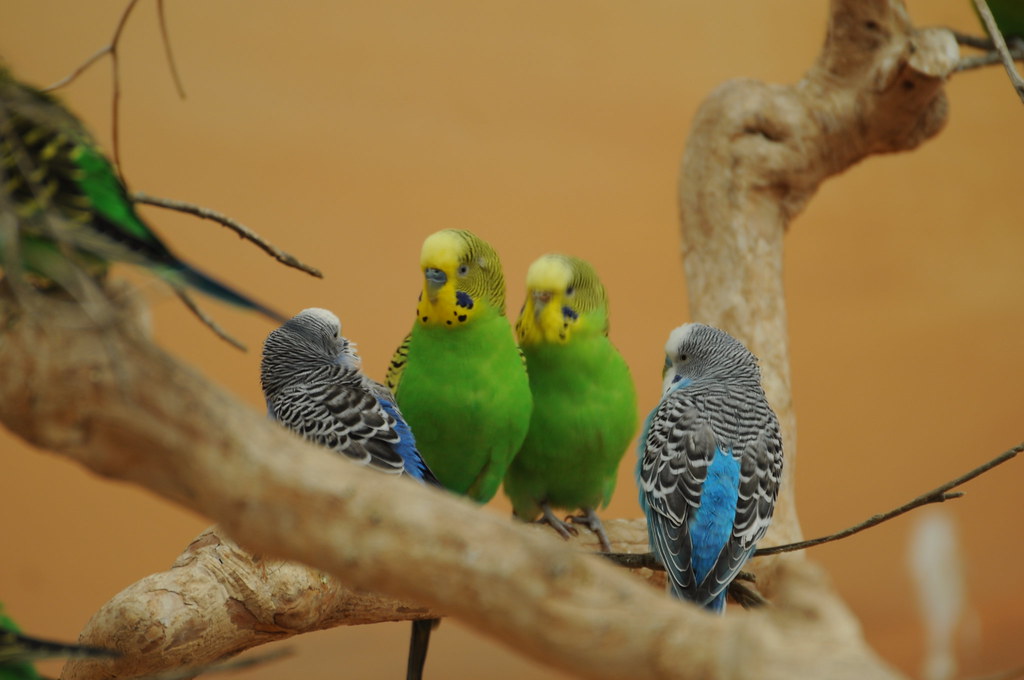
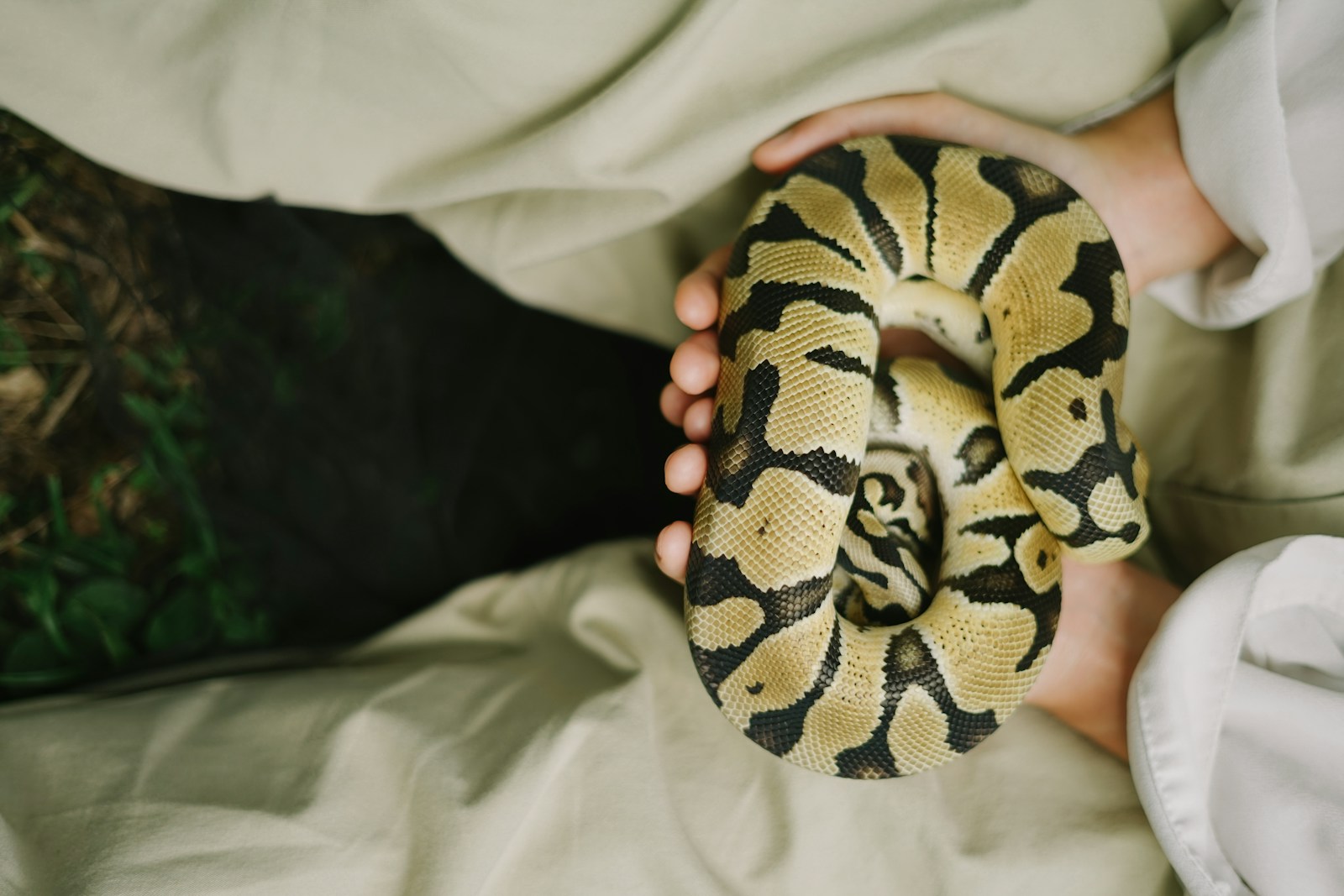
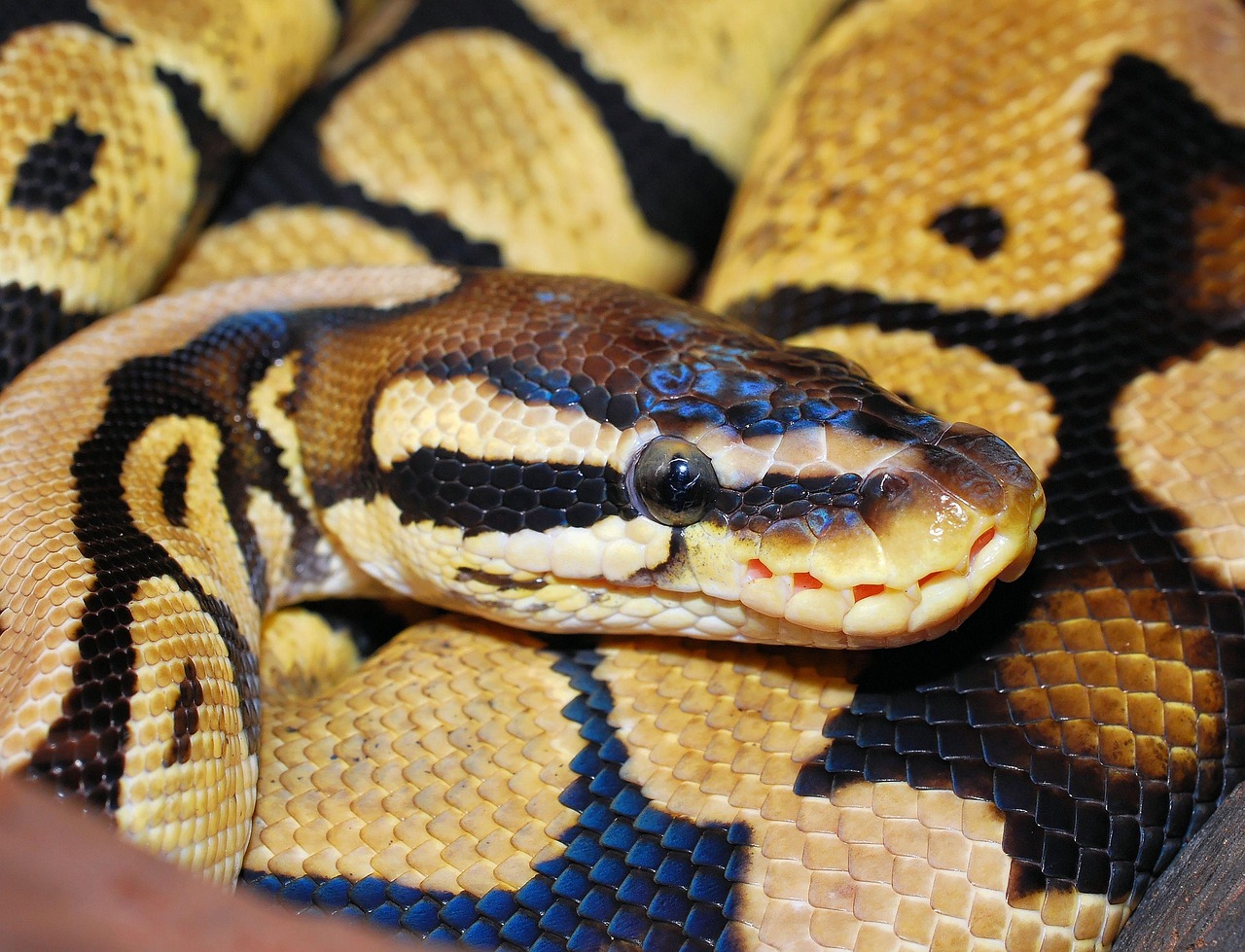


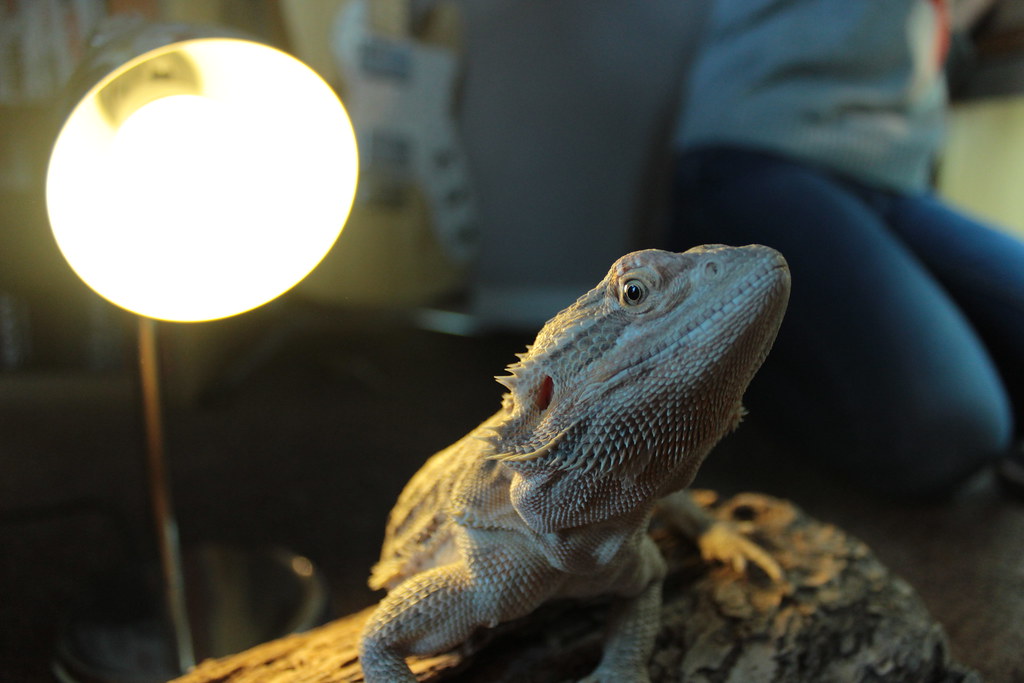
Leave a Reply